In the summertime, my partner, child and I often roll our canoe and paddleboard down the hill towards Westview Harbour in our city, which currently bears the colonial name Powell River.
When we get to the seawalk, we hang a left and pass a tall, narrow building I’ve been curious about since the first time I saw it. It even makes a cameo in the author photos my friend Erin took of me a few years ago.

It’s painted white, with a door opening south onto the seawalk near sea level, and two storeys higher, another opening eastwards onto a driveway that spans the length of the building and connects it with Marine Avenue — the name of the highway as it passes through town — over a trestle built into the hillside.
On the top floor, there’s a balcony looking over the marina, and the ocean beyond; a wind chime hangs, regularly announcing its presence.
Thousands of people pass by the “white tower” every year, either on Marine Avenue or on the seawalk, which stretches over a kilometre from Westview Harbour to a dead end at a pebbly beach.
The building is curious to me, and maybe to you, too — Tourism Powell River estimates that about 100,000 people visit the city annually — for two reasons: its unlikely shape, tall and skinny as if it’s been stretched upwards from sea level, and its solitary existence as the only building accessible from the west side of the highway for a quite a long stretch.
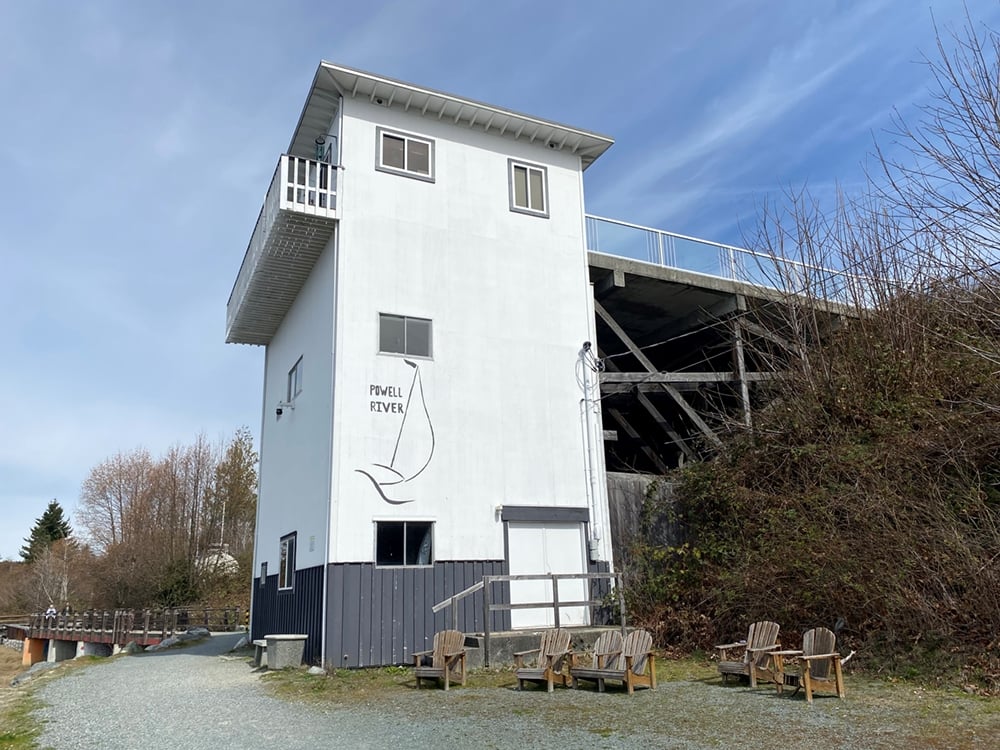
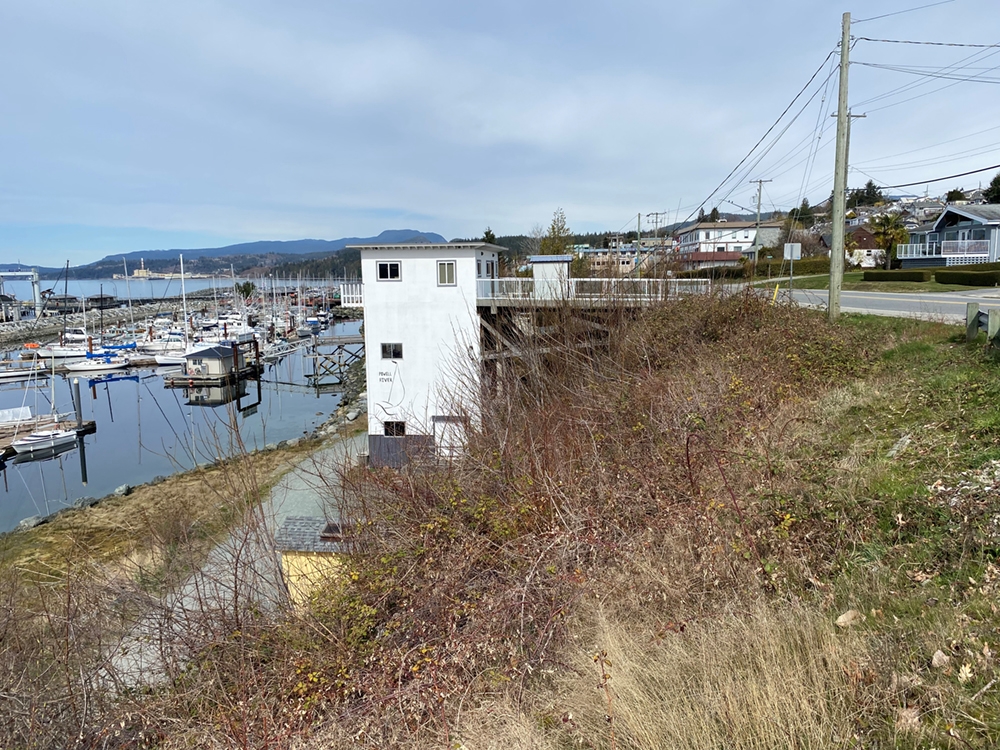
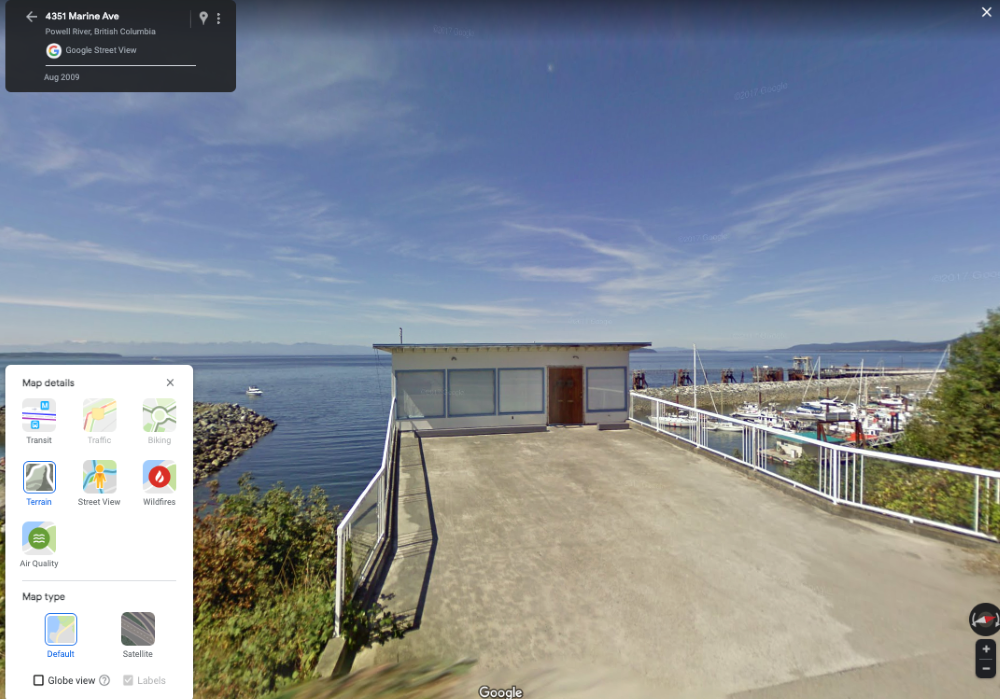
Through BC Assessment, I learn the building, which is located at 4351 Marine Avenue, was built in 1965. Unit 003, which is one storey, is valued at $124,700. Unit 005, which is two storeys, is valued at $143,000.
Why 1965, you might wonder?
Well, because on Sept. 2, 1963, the previous building on the site made the front page of the Powell River Town Crier after burning down in catastrophic fashion.
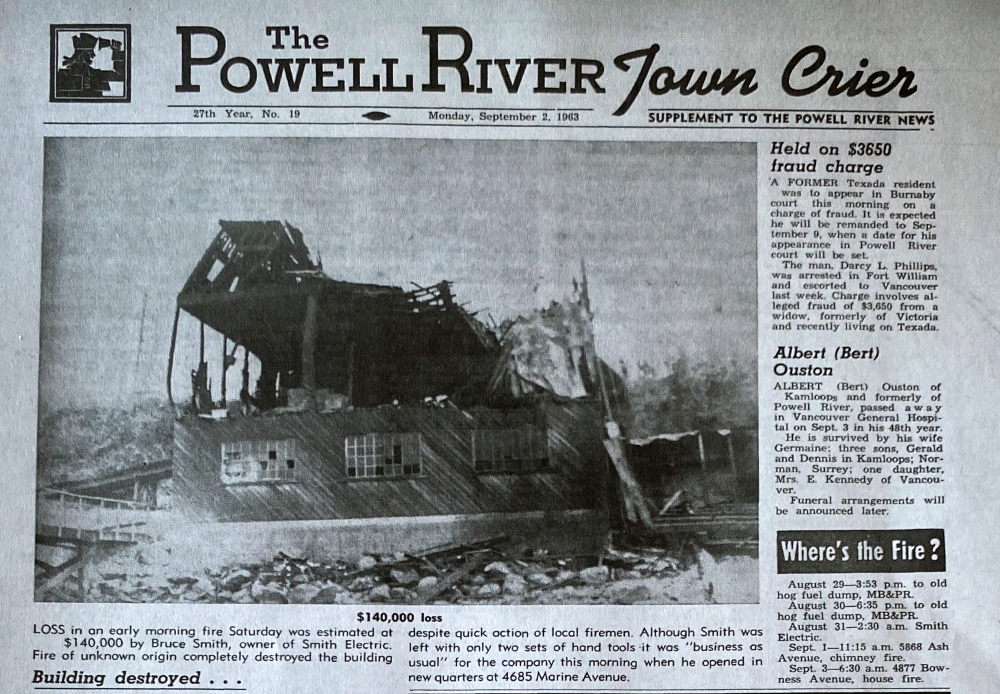
An early morning fire had been reported that past Saturday, around 2:30 a.m. Though the fire crew extinguished the blaze by 4:30 a.m., the building was a write-off. Bruce Smith, the owner of Smith Electric, located on the site, told the Powell River Town Crier he estimated his losses at $140,000.
When the new building was constructed in 1965, it was occupied by a series of propane and gas companies, including a Rockgas propane dealer in the late 1960s, Canadian Propane in the 1970s and ICG Liquid Gas in the 1980s — advertisements for their businesses in the local paper, which I access through qathet museum and archives, leave a breadcrumb trail through the decades.
Via email, Sasha Van Kessel of Powell River Divers confirms the club then owned the building for a time, but sold it “many years ago.”
It takes a few more emails to corroborate — I’ve heard it as an apocryphal tale, with a few of the details mixed up — from Scott Randolph, director of properties and development for Powell River, that the city purchased the property in 2016 to “to clear up some right of way and riparian access issues related to the seawalk.”
The seawalk construction was initially controversial because the city kicked off construction in 2001 without thinking to consult the Tla’amin Nation, leading to a situation where “significant cultural sites including petroglyphs and shell middens were unwittingly disturbed, destroyed or buried.”
Then-Tla’amin Chief Qwastånayå L. Maynard Harry told then-mayor Stewart Alsgard to “stop it.” Alsgard listened, the city contracted the Tla’amin Nation to complete the seawalk, and the incident inaugured a period of reconciliation between the nation and the municipality.
Randolph also confirms that this building has always been a sort of big lonely Doug on the west side of the highway — as far as he can tell, he writes by email, other than an old area for boat repair and cleaning that was removed during the harbour’s refurbishment, there haven’t been any other buildings constructed above the harbour.
A clue in the form of a painted sailboat
When I reach Brian Kyle, the commodore for the Powell River Yacht Club, he confirms that the club leases the bottom two stories of the building at 4351 Marine from the city.
It’s early April, and I’ve caught Kyle on the deck of his 43-foot wooden sailboat, Séance, preparing for a race that will be held by the West Vancouver Yacht Club later that week.
When we meet in person a couple weeks later, Kyle offers an update on the race: they had to drop out with five miles to go. “We did terribly,” he says. “Almost sank it.”
But Kyle is not deterred. He’s discovered a small leak on the boat, and plans to race the Algerine Passage Race, running Powell River to Comox, on the May long weekend.
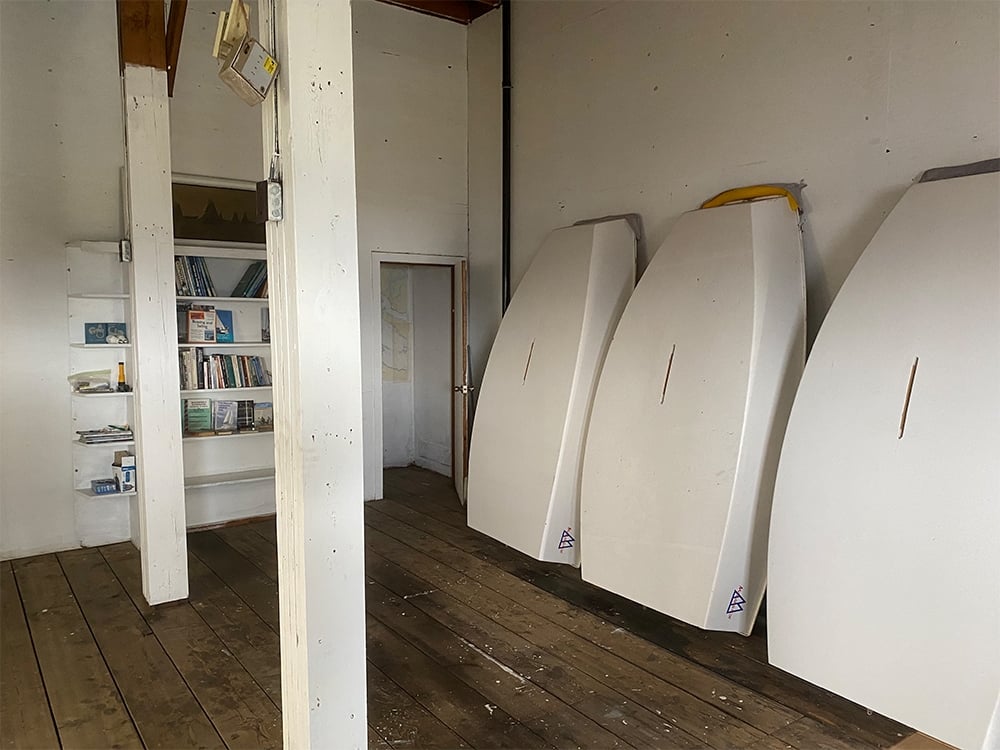
When the city was deciding what to do with the former barge terminal on the sea walk a half-decade ago, Kyle says, the Yacht Club wanted to lease and restore part of the building. Instead, it was demolished and a new coast guard building was erected on part of the site. The city offered instead to lease the bottom two stories of 4351 Marine almost as a “consolation prize,” Kyle says.
Kyle says the Yacht Club is entering a period of transition — something he says happens every decade or so. They’d like to reinvigorate their youth program, and teach more people how to sail, but they need the momentum of new members, in particular people in their 20s and 30s, and people with young families. The name makes the club seem potentially “snootier” than it is in practice, he says. In reality, the goal is to have a family-friendly club where people learn to sail and race.
4351 Marine may go through its own period of reinvigoration, soon, too, as part of the city’s in-progress new Marine-Willingdon Downtown Plan.
This is something Kyle welcomes. The public should have control of special assets like the waterfront, he says — an area he calls “highly underutilized.” He’d like to see a public waterfront building that belongs to the community, with services and amenities for the Yacht Club, in and out of town boaters and scuba divers, as well as a publicly available, wheelchair-accessible waterfront space that people can lease for parties and weddings.
He'd also like to see the city establish a mast tower — a structure that allows sailors to access the tops of their masts more easily — as well as a crane lift, that would allow boaters to dry-dock their boats instead of needing to keep them in the water in the harbour.
It’s also possible that the “white tower” could someday be joined by other buildings nestled in by the highway. “There is small swath of privately held properties on the upland,” Scott Randolph tells me, “but none have ever been developed.”
For now, at least, the building will remain an anomaly.
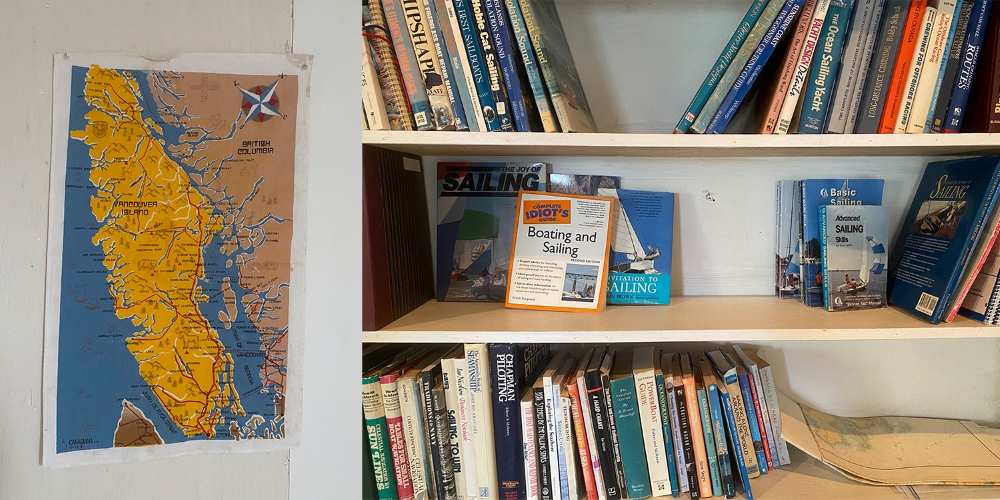
The final piece of the mystery falls into place while I’m emailing with Randolph.
And it’s maybe the best detail I uncover from the nosy sleuthing this series has enabled.
The top storey of the building is in fact leased by the city to a residential tenant — meaning one or two lucky city residents get to live in the 600-square-foot top storey of the white tower, which must offer them a spectacular view.
Randolph confirms. “It does, but not a lot of room to move around.” ![]()
Read more: Urban Planning




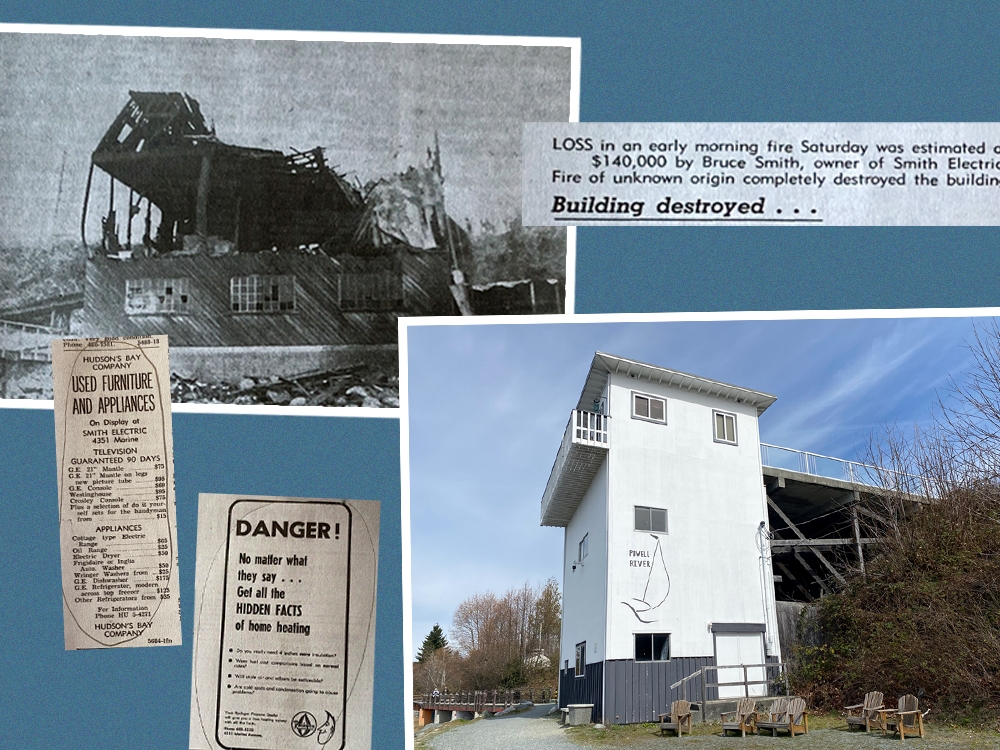












Tyee Commenting Guidelines
Comments that violate guidelines risk being deleted, and violations may result in a temporary or permanent user ban. Maintain the spirit of good conversation to stay in the discussion and be patient with moderators. Comments are reviewed regularly but not in real time.
Do:
Do not: